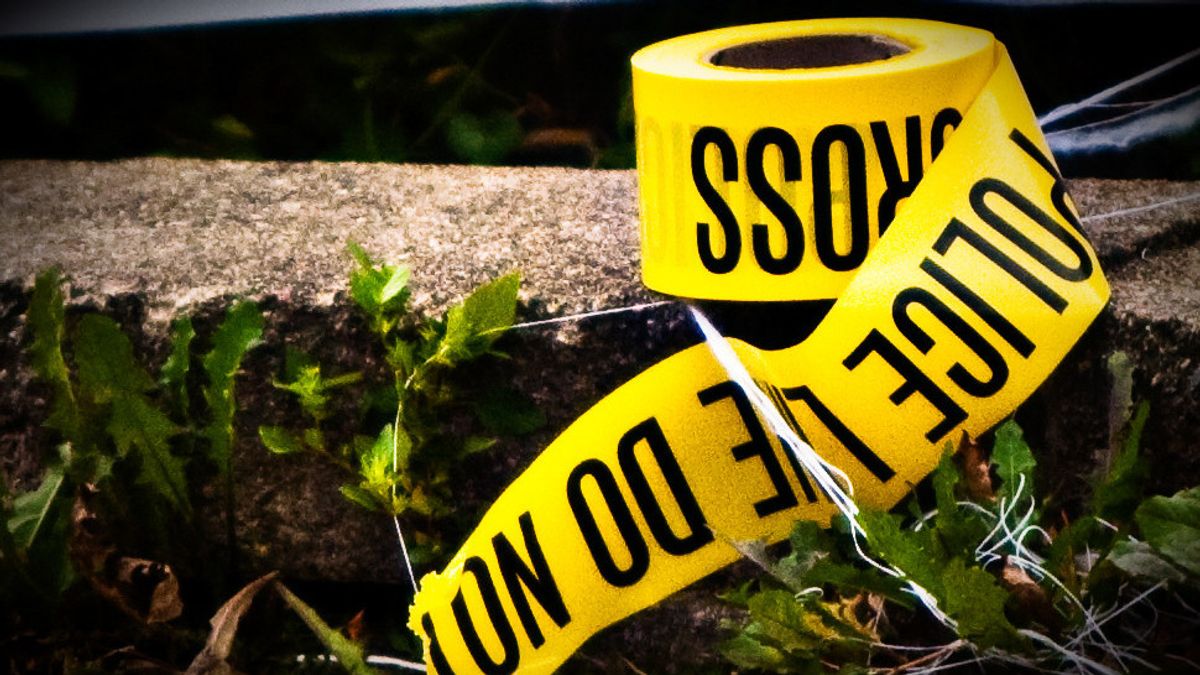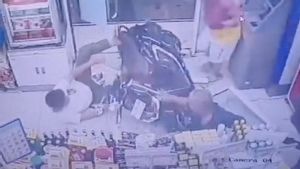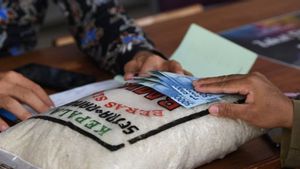JAKARTA - For decades known as 'child in the box', the identity of the child found dead in the box has been revealed by the police.
Last Thursday, police revealed bodies found 65 years ago in Philadelphia, United States of America as four-year-old Joseph target Zarelli, the victim of one of the city's oldest unsolved murders.
"Identification, carried out through DNA analysis, is the biggest breakthrough of investigators in the case that began in late February 1957, when the child was found wrapped in a blanket in a cardboard box," Philadelphia Police Commissioner Danielle Outlaw said.
This case attracted "very big" public interest, Outlaw told reporters on Thursday. However, no one has ever claimed Joseph as their son, and his identity remains a mystery despite many attempts to identify him over the years.
It changed this week, when police announced they had succeeded in identifying the child through detective work and with the help of a genetic tree expert, the field that has in recent years led to many breakthroughs in frozen cases, including the notorious Golden State Killer, and reuniting families with missing loved ones.
"For sixteen-five years, the story of America's Unknown Child has haunted this community, the Philadelphia Police Department, our nation and the world," said Outlaw, who opened Thursday's press conference praising generations of police officers handling the case, some of whom are no longer alive.
"Despite the full reality of Joseph target Zarelli's identity and the legitimate claim to his own whereabouts has been revoked, he has never been forgotten," he said.
Officials hope the technique used to identify Joseph after years will help them in other frozen cases and in the future; the breakthrough " brings hope that there will never be another unidentified murder victim in Philadelphia City," said Outlaw.
However, the investigation into who was responsible for his death is still ongoing.
"We have suspicions about who might be responsible, but I am not responsible for sharing these suspicions, as this remains an active and ongoing criminal investigation," said Captain Jason Smith of Philadelphia Police assassination unit.
He hopes the news of the identity encourages "input attacks from the public," but admits the age of the case has led investigators to "severe struggles."
"We may not make arrests," Smith said.
"We may never make identification ( KILLers). But we will do our best to try."
Back and forth, Joseph's body was found in a box near Jalan Susquehanna, in a forested area in northeastern Philadelphia on February 25, 1957. It was clear at that time Joseph "has experienced horror that no one, anyone, should experience," Outlaw said.
He had been "beaten cruelly," added Smith, and many bruises were visible on his body. His hair had been "cut roughly into the skin".
The autopsy confirmed that the child was between the ages of 4 and 6, suffered a lot of abrasions, bruises, subdural bleeding and pleraneous effusion, "said Smith - an injury that is basically the same as blunt object trauma.
This case immediately attracted public attention, with the police receiving hundreds of inputs to be followed up.
"However, no one will direct them to the child's positive identification," Smith said, adding it was very difficult to settle a murder case and bring the killer to court, when the victim remains unidentified.
The boy's body was originally buried in a pottery-making field in Philadelphia, where he lay until 1998, when his body was excavated before being re-resurged atACy Hill Cemetery, where a tombstone today reads, "Unknown American Children".
Investigators keep some of the child's body for testing in the future, Smith said. But DNA tests at the time did not produce new clues.
Police re-explored the body in 2019, when it was determined that the case could take advantage of more modern forensic techniques, Smith said.
This time, the results of DNA tests were uploaded to the DNA database, Smith explained. And with the help of a genetic tree expert at Identifiniders International, a forensic genetic phenomenon company, detectives can find and contact relatives in the child's mother's family.
Investigators identified the biological mother and obtained her birth record, which also included her father's name. Further research directed detectives to someone who was later confirmed through additional testing to become the child's father.
Police refused to identify the child's parents, but Smith said both were dead. However, Joseph has a living brother.
Dr. Collen Fitzpatrick, president of Identifinders International, said the case was the most challenging in his career, partly because DNA has been degraded. But the discovery "means we can pay for it," he told CNN, "to identify so many other people you think are lost forever, because you think all DNA has been honed, but maybe not."
Meanwhile, the Vidocq Society, a Philadelphia crime settlement club that has been a case champion for years, is preparing to finally name the child's grave.
"Joseph target Zarelli will no longer be the boy in the box," said Bill Fletcher of the Vidocq Society on Thursday, "and will no longer be unknown."
The English, Chinese, Japanese, Arabic, and French versions are automatically generated by the AI. So there may still be inaccuracies in translating, please always see Indonesian as our main language. (system supported by DigitalSiber.id)









